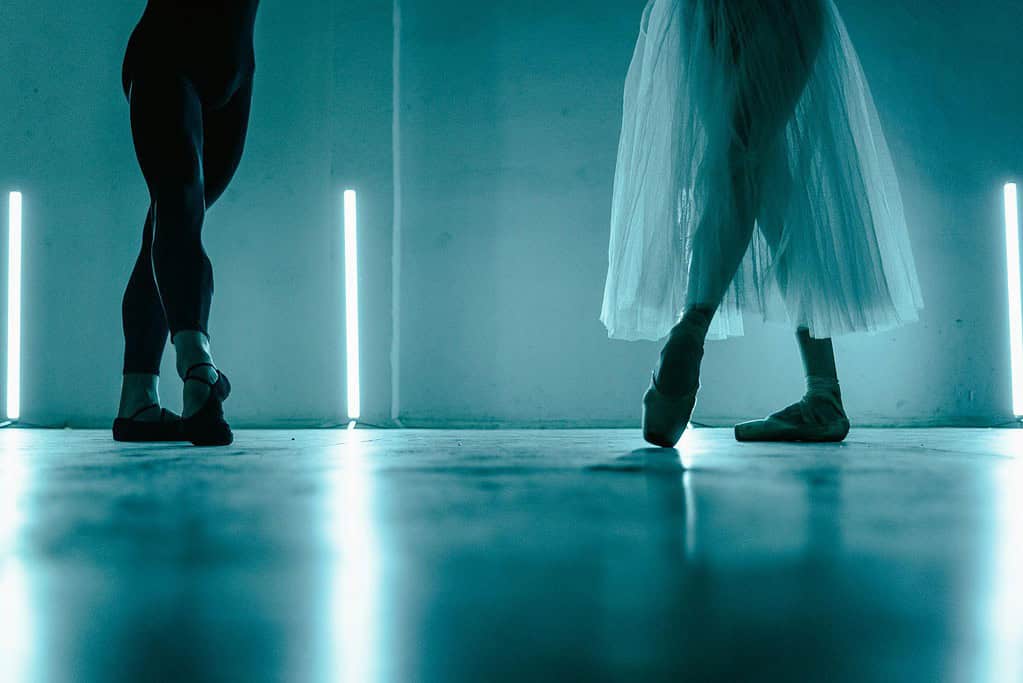Successful Rehearsal Techniques for Ballet Performances
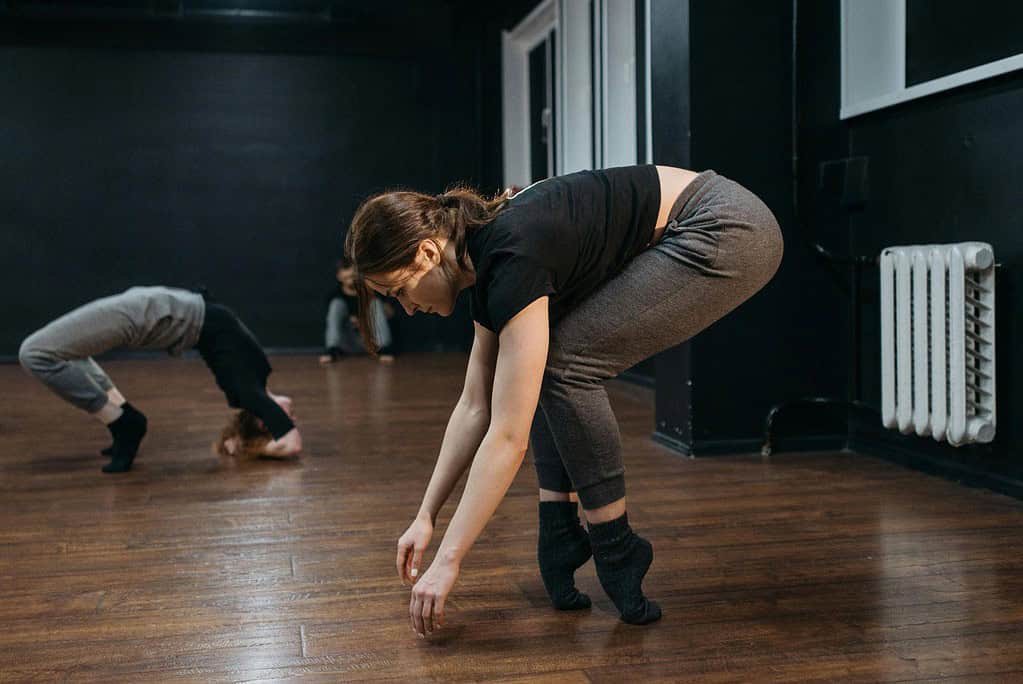
Strong rehearsal techniques are crucial for preparing for any ballet performance no matter your role.
By learning how to maximise your rehearsals, you’ll give yourself the best chance of success, both physically and mentally.
In my experience, effective rehearsal techniques can make the difference between a good performance and a truly exceptional one.
In this blog post, I’ll explore the best rehearsal techniques for ballet performances, setting you up for success on stage day.
WHAT IS A DANCE REHEARSAL?
A dance rehearsal is effective a practice session, but it isn’t about achieving perfection. It’s about making consistent progress and growth, bringing you closer to your best performance.
Rehearsals are the perfect time to experiment and try new things.
Don’t be afraid to learn, improve, and adapt.
BALLET REHEARSAL TECHNIQUES
The best ballet rehearsal techniques are:
#1 SETTING CLEAR GOALS AND OBJECTIVES
To make rehearsals productive, one simple approach is to set realistic and achievable goals.
By focusing on specific areas of your dancing rather than trying to perfect everything at once, you can break it down into manageable segments.
This allows you to work on individual elements each time you step into the studio.
Depending on your rehearsal focus, setting specific goals can be highly beneficial.
EXAMPLE GOALS
I’ve provided a few examples below, so you can follow along at home.
Solo goal: Achieve clean and articulated footwork during the faster sections and transitions of my ballet solo.
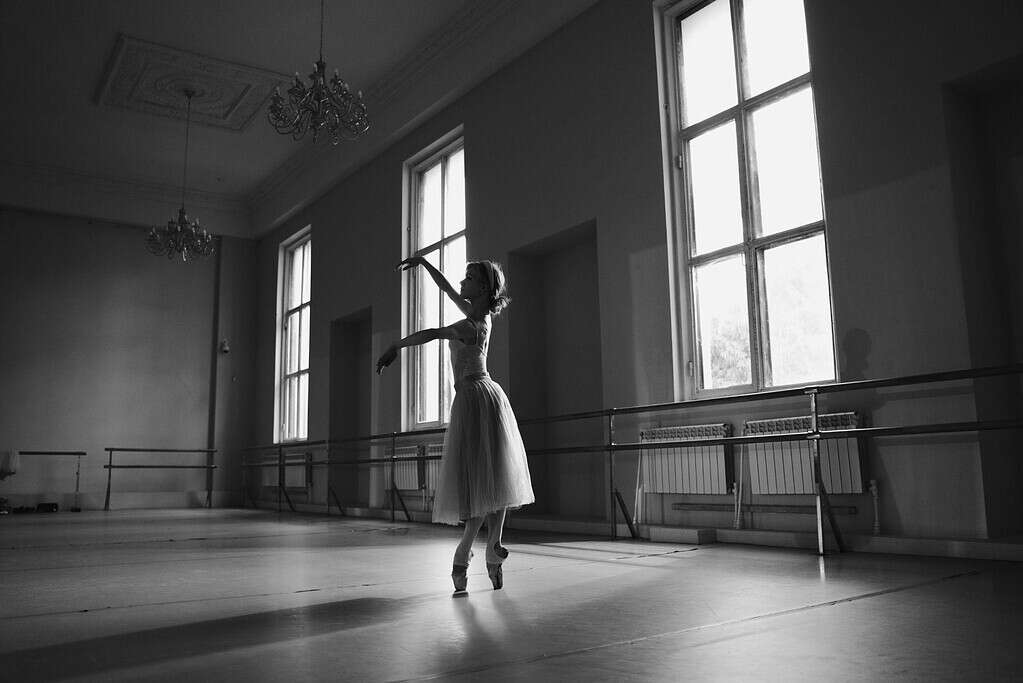
Pas de deux goal: Build a believable partnership by maintaining eye contact and subtle interactions.
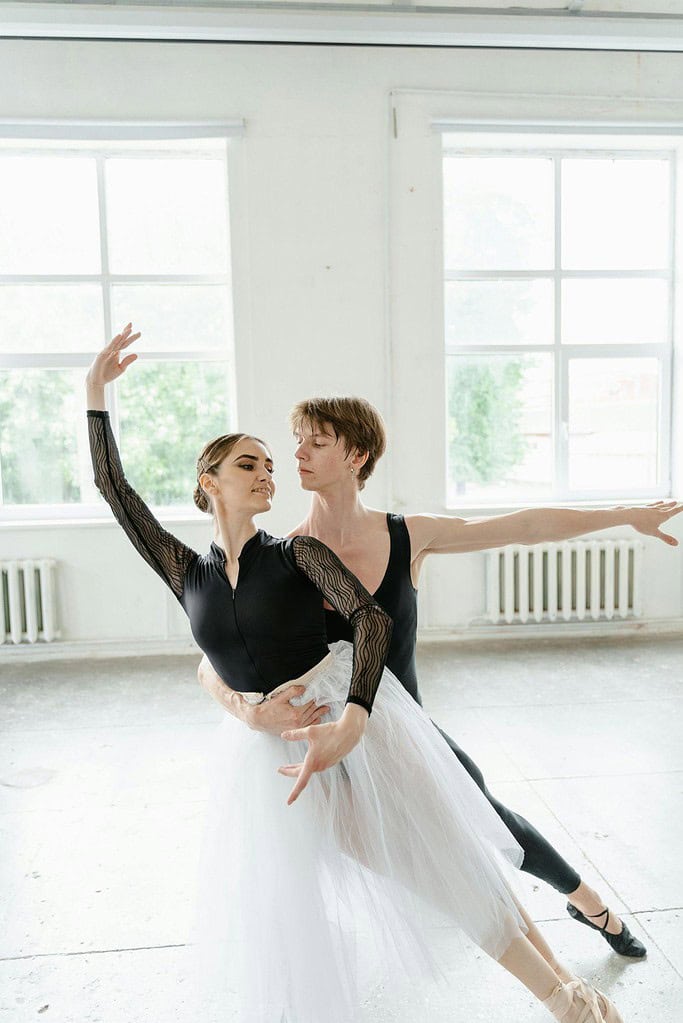
Ballet competition goal: Achieve an elongated line of the leg during extensions in both adagio and allegro sections of choreography.
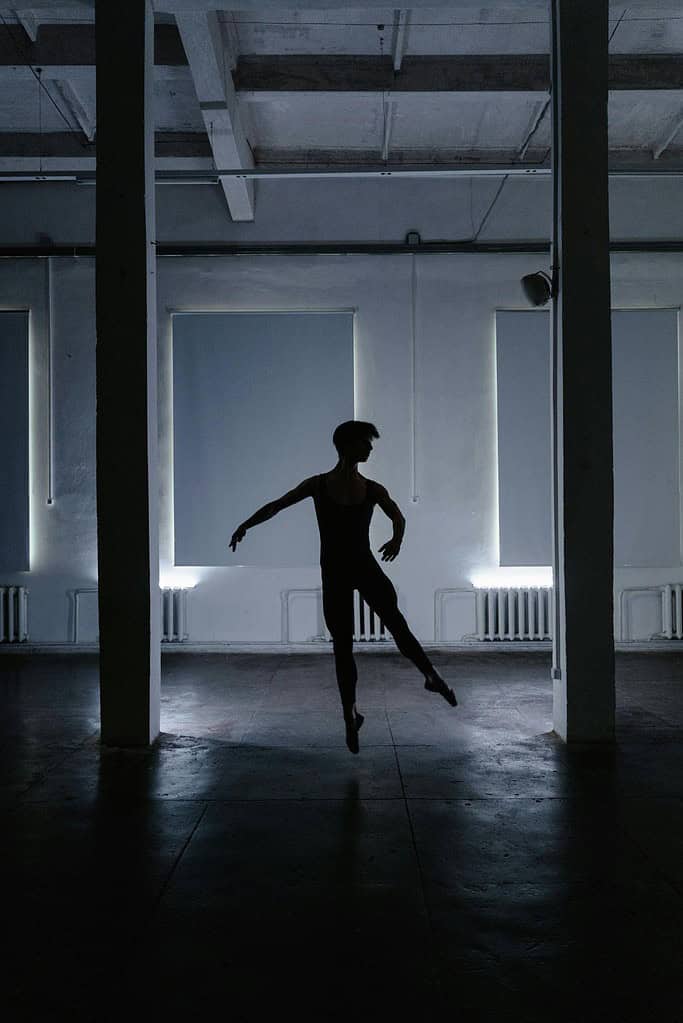
Whether it’s refining a tricky step, improving musicality, or enhancing expression, setting small, clear goals helps you make steady progress and ensures each rehearsal feels purposeful and rewarding.
Keep in mind that prioritisation and balance are essential in rehearsals to avoid feeling overwhelmed or burned out, and to allow you to keep building upon each rehearsal session.
#2 PROPER WARM UP
I can’t stress enough how crucial a proper warm up can be in maximising your rehearsal.
When your body is properly prepared and conditioned, dancing feels easier, and you’ll feel more connected to your body, allowing you to focus on your technique.
Remember, a warm up isn’t just sitting in splits for 10 minutes.
It’s about properly preparing and activating all the major muscle groups you’ll need for rehearsal.
A full warm up:
If you’re unsure where to start, check out my blog ‘Ballet Warm Up’ for an easy, effective warm up routine.
I guarantee you’ll notice a positive difference in how smoothly and effectively your rehearsal goes.
#3 FOCUSING ON TECHNIQUE AND PRECISION
A big part of rehearsing is consistently refining and building on your technique and precision in movement quality. Here are a few ways to help ensure you’re on the right path:
SELF ASSESSMENT
While it’s important not to constantly rely on mirrors during rehearsal, they can be a valuable tool when learning choreography and refining your technique.
Another effective method is to record yourself, allowing you to review your performance later.
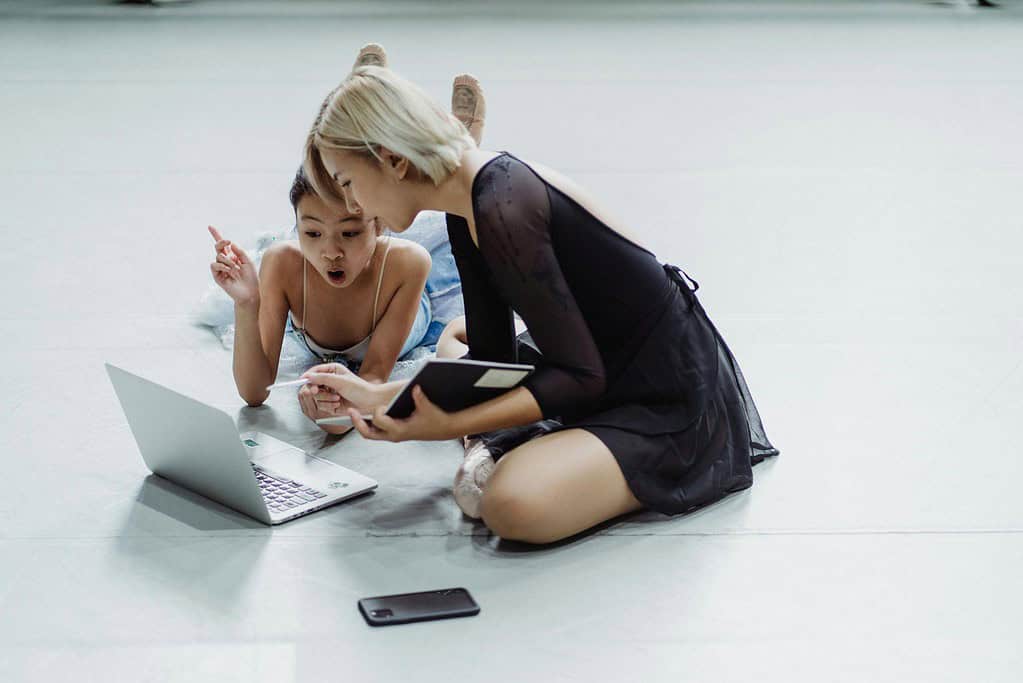
Although watching yourself can feel vulnerable, it’s crucial to see what you’re doing to identify areas for improvement and fix any technical issues.
As dancers, we often tend to be overly critical of ourselves, but we must learn to use this positively if you want to develop and grow in the right direction.
REPETITION
As I mentioned before, repetition is an excellent way to master challenging steps and combinations, allowing our muscles to become familiar with the required movements.
Rehearsing inherently involves repetition, and while each session may feel different, our primary goal is to achieve consistency in our technique and precision in our execution.
SCHEDULE IN PARTNER TIME
If you’re dancing with a partner, it’s crucial to allocate time to work together to refine your coordination and connection.
Every partnership is unique, and it may take time to develop a sense of synchronisation and comfort with each other.
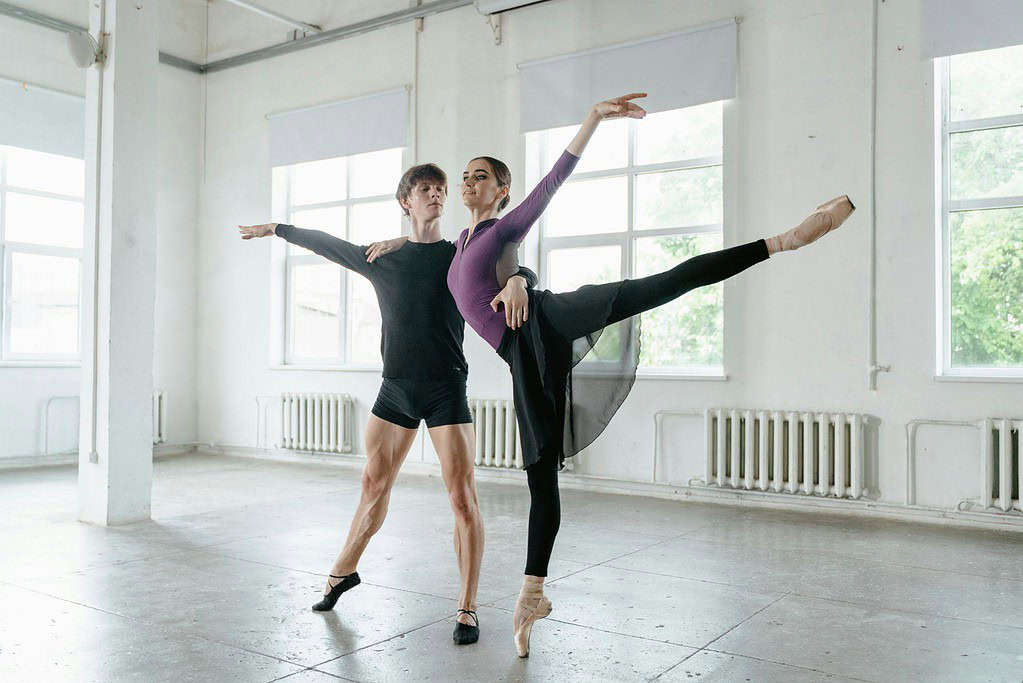
Open communication is essential!
By working together toward building a partnership founded on trust, you can create a more cohesive performance where both dancers feel confident and can dance well together.
#4 USING A MIRROR
The mirror can be an invaluable tool in dance rehearsals, allowing you to visually check your alignment and see details in movements that might not yet feel natural in your body.
Using it selectively, especially while breaking down movements and practising individual steps, can help solidify the correct technique.
That said, relying on the mirror constantly can create bad habits, so transitioning away from it as you progress is crucial.
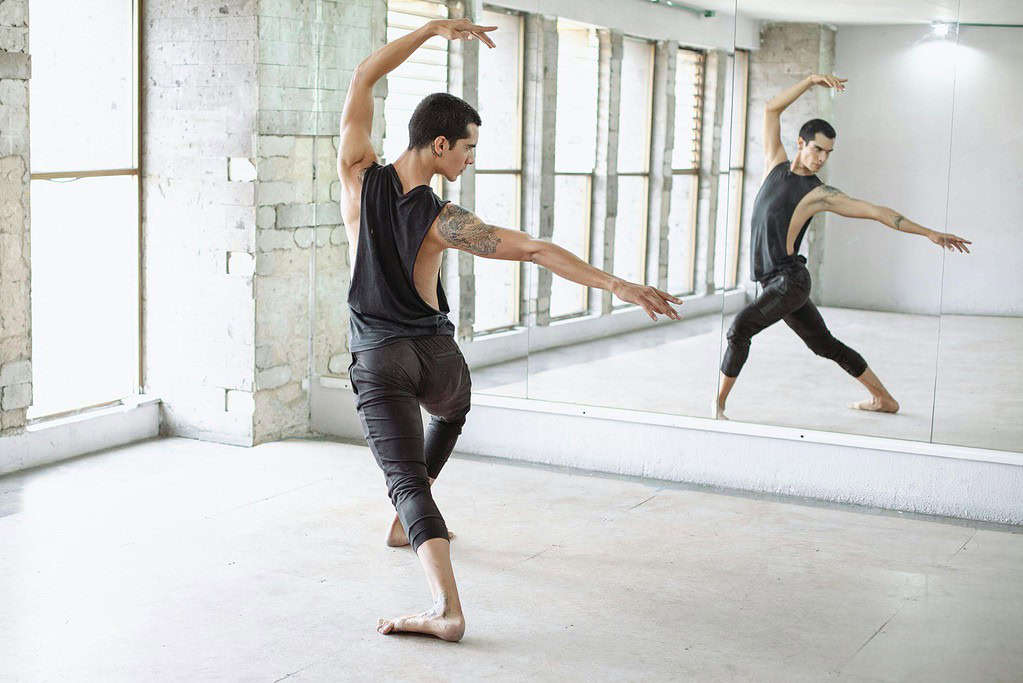
#5 RECORDING YOURSELF
When you’re ready for a full run-through, video recording can provide a broader perspective.
Watching yourself on video offers a unique ‘audience view’ and reveals not only your technical elements but also your expressiveness and artistry.
It allows you to assess the quality of your performance as a whole, helping you to refine both the technical and artistic aspects of your dancing.
WRAP UP
Mastering rehearsal techniques is essential for delivering outstanding ballet performances.
By setting clear goals, focusing on technique, and continuously seeking improvement, you can make the most of your rehearsal time and shine on stage.
Remember, each rehearsal is an opportunity to refine your skills and bring your artistic vision to life.
Embrace these rehearsal techniques, and you’ll be well on your way to feeling confident and truly performance-ready!
